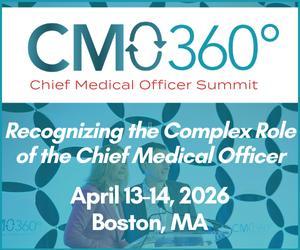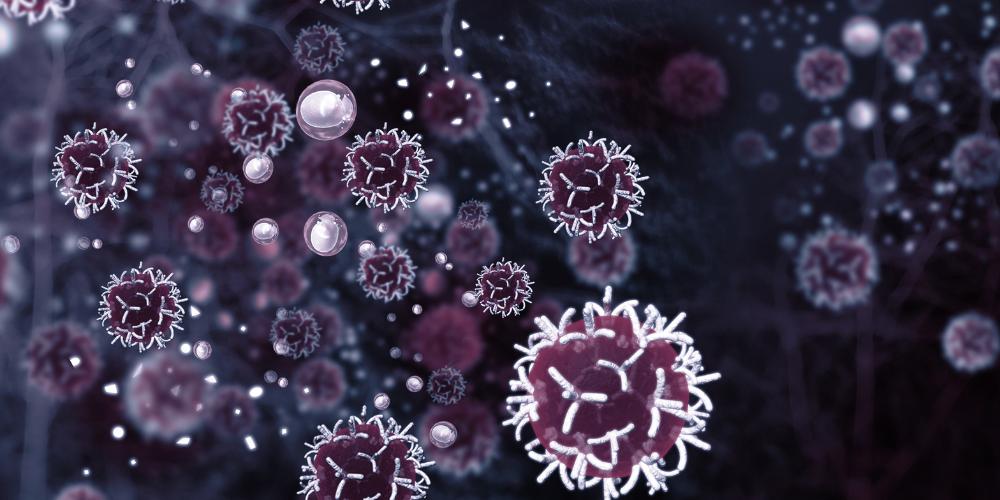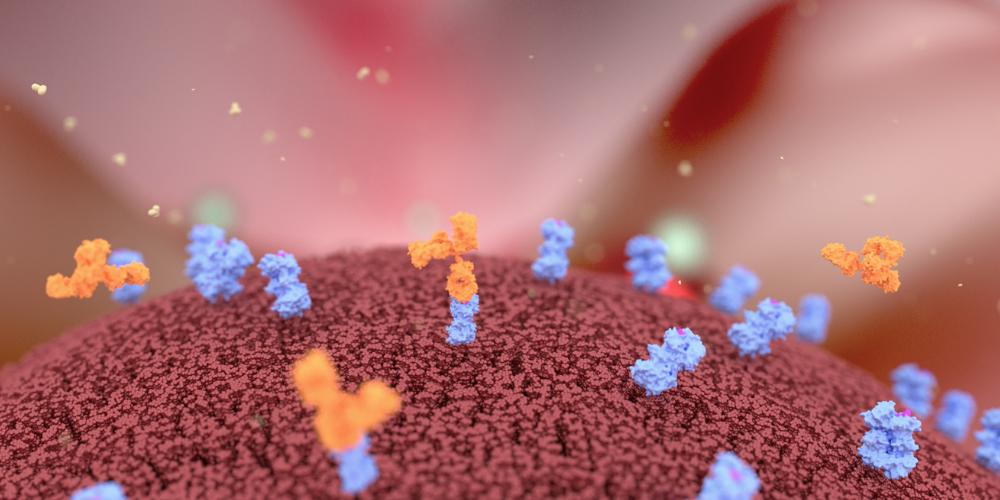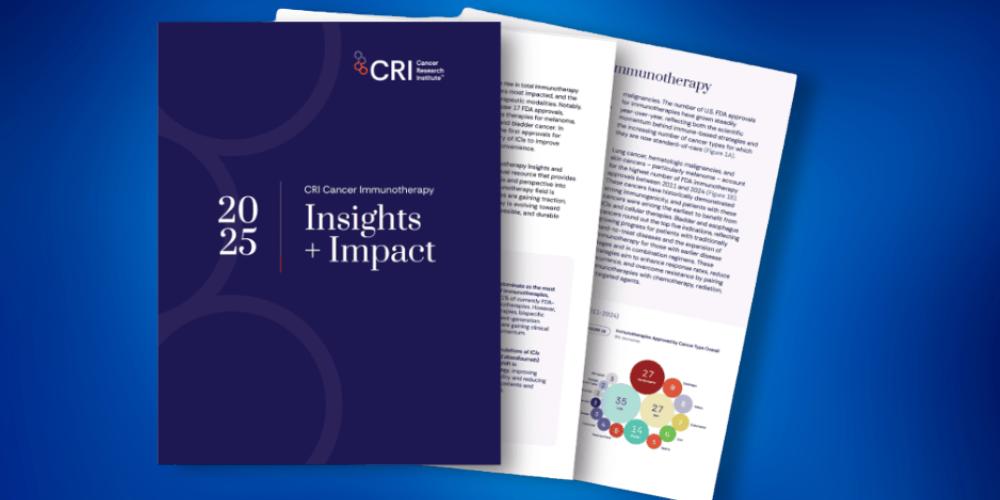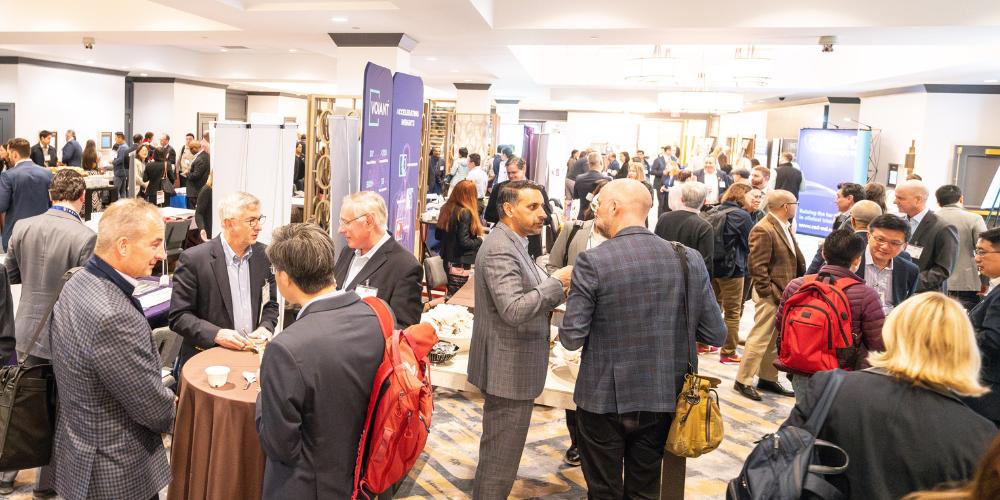Developing MSK's First Gene Transfer Clinic, Expediting Cell Therapy
Isabelle Rivière, PhD, Director of the Cell Therapy and Cell Engineering Laboratory at Memorial Sloan Kettering Cancer Center, created many of the SOPs that serve as the backbone for cell therapy manufacturing. Dr Rivière shares her thoughts on how cell therapy manufacturing must evolve to meet the next set of demands.

You were recruited to Memorial Sloan Kettering in the late 1990s to set up one of the first clinical-grade gene transfer facilities in the country. Can you tell us that backstory?
This was a field that we pioneered. We were lucky at Sloan Kettering to have some visionary scientists, like Dr Michel Sadelain, and the leadership at the time. Before we had even conceptualized cell therapies like CAR-T, they knew that there would be such developments in one form or another. They decided to build a GMP facility that was operational in the early 2000s, and built by 1998.
We were only just starting to study the C19 CARs in vitro. It was a vision. I started to meet with various people, particularly those people who were manipulating bone marrow for bone marrow transplantation. At the time, we drew a lot of the technologies that we used to manipulate T cells from the stem cell laboratory, as well as a few of the laboratories were starting to produce vectors and also produce cell therapies.
What were the first steps when you started?
When I got the keys of the facility in 1998, there were only the walls, a few pieces of equipment and one technician. We didn't have the proof of concept of CAR-T cells being active in even animal models. We were building the plane as we were flying it. I built the teams from scratch. I put together a quality assurance team, analytics and quality control team, a facility and operations team, and a QA documentation team.
I was lucky to also have met somebody who was involved in a cell therapy company that was already working on T cells with the same types of reagents that we continue to use today, the beads which are coated with anti-CD3, anti-CD28 antibodies. That is how we started to work with these reagents; doing so even before we were genetically modifying the cells with viral vectors. My background was the design of viral vectors for the genetic modification of cells of the metabolic system. This was the part I knew the best. We learned how to integrate all these different functions and technologies to develop a manufacturing process with bioreactors.
"We were building the plane as we were flying it. I built the teams from scratch."
How soon after the facility was set up did you have your first patient?
We did treat our first patient in 2005, a patient with chronic lymphocytic leukemia. In 2007, we treated our first adult patient with acute lymphoblastic leukemia. In the first four patients with acute lymphoblastic leukemia, we saw complete responses. We couldn’t believe that at first. We thought that the technician had forgotten to put the antibodies in the experiment and that therefore, we couldn't detect the tumor cells. Upon repeating the experiment, we actually realized that this was true and that all the tumor cells had disappeared from the bone marrow 2-3 weeks post-infusion of the CD19-positive CAR T cells.
In 2018, you said that often the impact of the quality of the manufacturing process is underestimated in cell therapies. What is your view on this now?
Since the approval of the first CAR-T cells, I think that there is finally more funding, more interest and more expertise for working on the manufacturing. Today, this is still fairly true that you would be challenged to find public funding for manufacturing. Now there are consortia – which have been created between the public funding industry and foundations and academia – are addressing this. But it took some time for this to be elevated to a significant amount of initiative from the various sectors. So I think there's still work to do.
Why is it important to put this emphasis on manufacturing?
People have realized that this is very important, especially if we want to automate the platform. And if we want to do more monitoring of the process and in-line monitoring to reduce the cost. You want to be able to abort runs very early if you know that they're not going to be fruitful. Or even not run them at all, in the case of autologous cell therapies, if you can determine from your first sample that this is not going to be a successful run.
"Reducing the timing of the culture can reduce the need for manpower and reagents. That's something that we are working towards."
Do we have the capability now to judge early on in the manufacturing process if a cell therapy won’t be viable?
There are now more criteria that allows physicians and scientists to determine success. These criteria include characterizing the cell numbers, the types of T cells which are present, and understanding what previous type of chemo that patients have received, which may favor or hinder their ability to be manufactured. But I think this is still a work in progress.
There's still a need to collect these parameters and to be able to analyze them downstream. That requires data mining and utilizing AI technologies to mine the data at a significant scale. In academia, we can collect the data, but we have limited ability to mine the data because we're lacking electronic documentation to record the manufacturing. These are significant investments for academic centers. They have to be customized to the academic center and manufacturing process.
What could be done to lower the cost of cell therapies?
Reducing the timing of the culture can reduce the need for manpower and reagents. That's something that we are working towards. It is demonstrating some success at other centers and in industry, who are also developing these shorter protocols, either a day or two.
Automation is also a goal. We have started to investigate that direction. The collaboration models between academia and tool developers of automation is not straightforward. Automation platforms can be expensive. If you don't know that it's going to be successful, you generally want to try it for free, which not all tool providers are willing to take the chance of doing with an academic center.
"It's going to be important for the system and sustainability of these therapies that we break the codes for the solid tumors. Until then, the industry will be reluctant to develop all the technologies and the infrastructure that are needed for manufacturing, formulation, distribution and preservation."
What do you anticipate for the future of cell therapy manufacturing?
First, it's going to be important for the system and sustainability of these therapies that we break the codes for the solid tumors. Until then, the industry will be reluctant to develop all the technologies and the infrastructure that are needed for manufacturing, formulation, distribution and preservation.
And to address cost, one answer is decentralized manufacturing. We have no models right now of a product that could be commercialized from multiple hospitals who would collaborate on clinical products. That entails a lot of oversight and having identical manufacturing at multiple different sites. With automation, hopefully we can develop that but there's also the quality control, release testing and medical testing that need to be centralized. Automation will play a critical role, as well as the development of more adequate analytical platforms for short-term manufacturing, in the context of autologous products.
What do you see as some of the potential challenges in the process of automating manufacturing?
It's good to have an automated process of only one or two days, but how will you perform your quality control testing to release the cells? You will need more cells for your QC and release testing than for what you need to put in the patient. That becomes challenging. You need to develop the analytical methods so that quality control uses a small amount of products, and that this product is generated within that one or two days.
Right now you can have a shorter, automated process that can happen in one or two days, but for your QC testing, you need to grow you're going to freeze your product and they want to, but you're growing your cells longer to be able to do some of the QC testing, because you require a number of of cells that exceeds the cell dose that you've given to the patient. We need to work on those issues in parallel. People are working on it, but it’s not yet ready for primetime.
"You need to develop the analytical methods so that quality control uses a small amount of products, and that this product is generated within that one or two days."
What is one way to reduce the cost and where do you see challenges?
One is to develop the allogeneic approach. It has been more challenging than we thought it would be. We're seeing some success, but these cells are rejected much more quickly by the body than autologous. Therefore, they have less time to act. We've been working on creating cells that can hide from the immune system from the patients.
It works okay right now in the context of hematological diseases because those patients are immunosuppressed. But with patients who have competent immune systems in the context of solid tumors, we're going to find more difficulties there to have the allogeneic cells not rejected quickly. Therefore we need to find ways for the cells to hide and be in stealth mode.
How do producing allogeneic products add complexity to your manufacturing process?
The allogeneic process is on a much larger scale. The scale for autologous is 1L to a few mLs if you’re doing a two-day process. In the allogeneic setting right now, it is multiple liters, depending on the dose and what you're growing. You want to grow hundreds, and ideally thousands, of doses.
However, they are generally less active because they have been cultured longer. We know that, normally, the shorter the culture for the autologous, the better the cells are. Allogeneic products are cultured for longer. Therefore the potency is lesser, and you have to infuse larger doses. And you may have to infuse them a few times, not just once.
For more information on IO360º Summit, click here.




